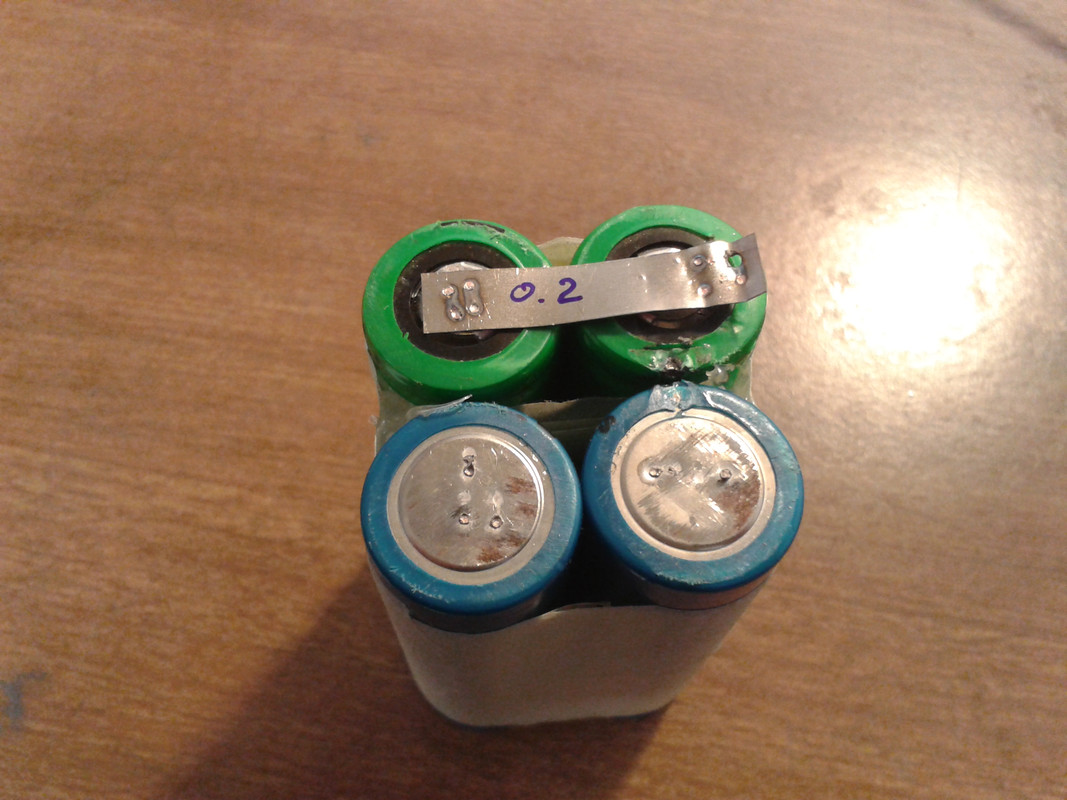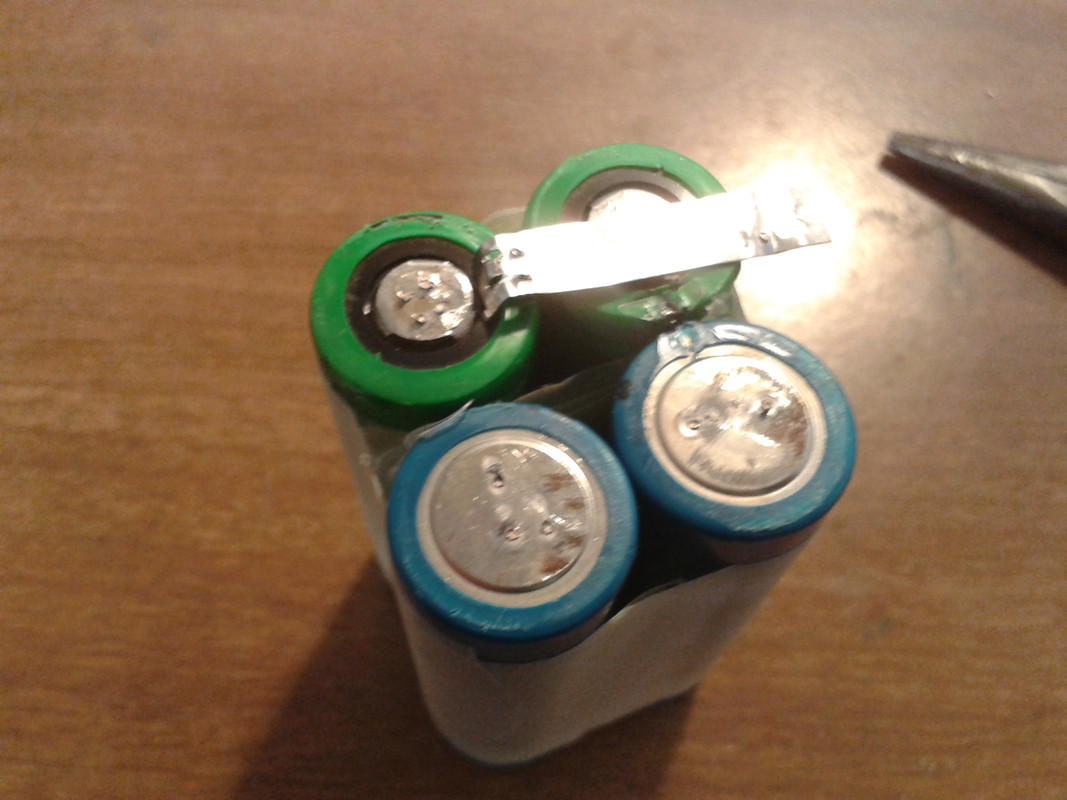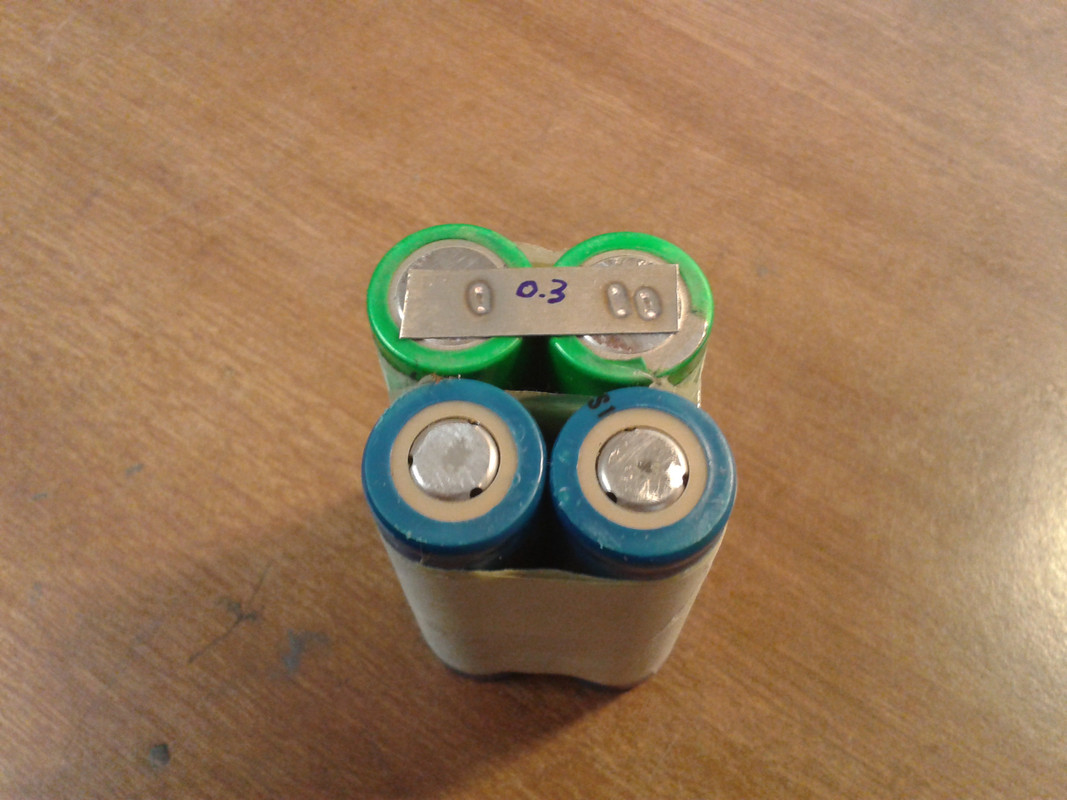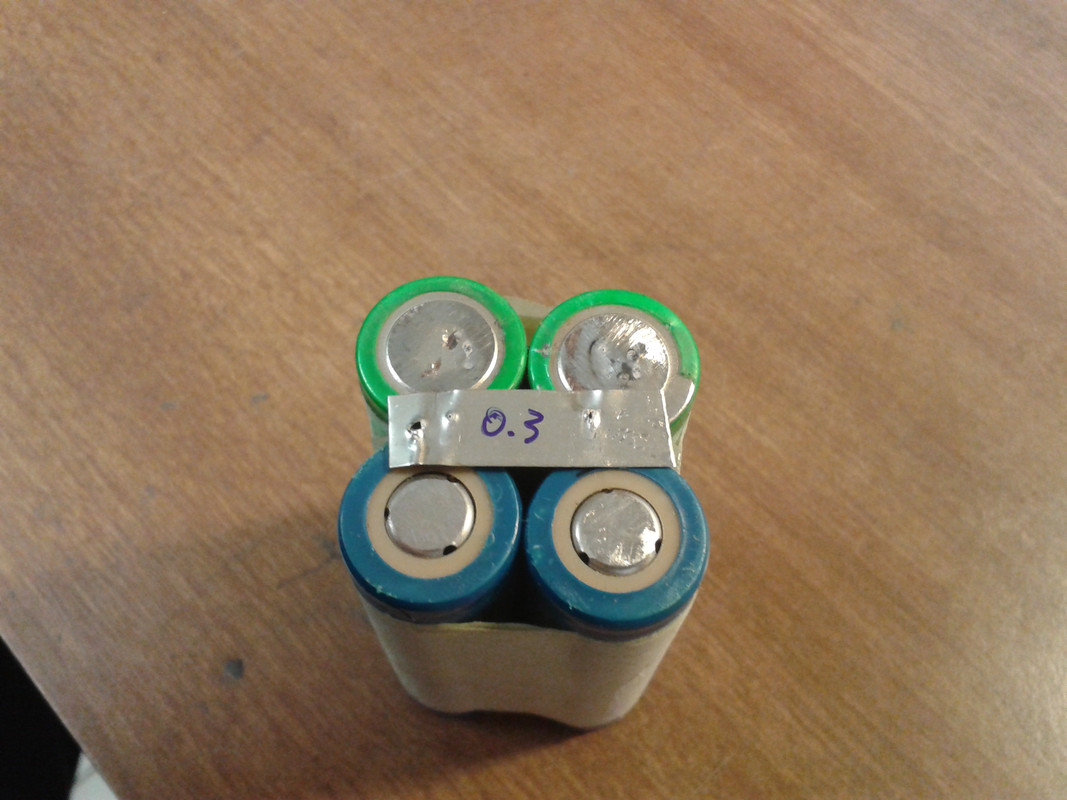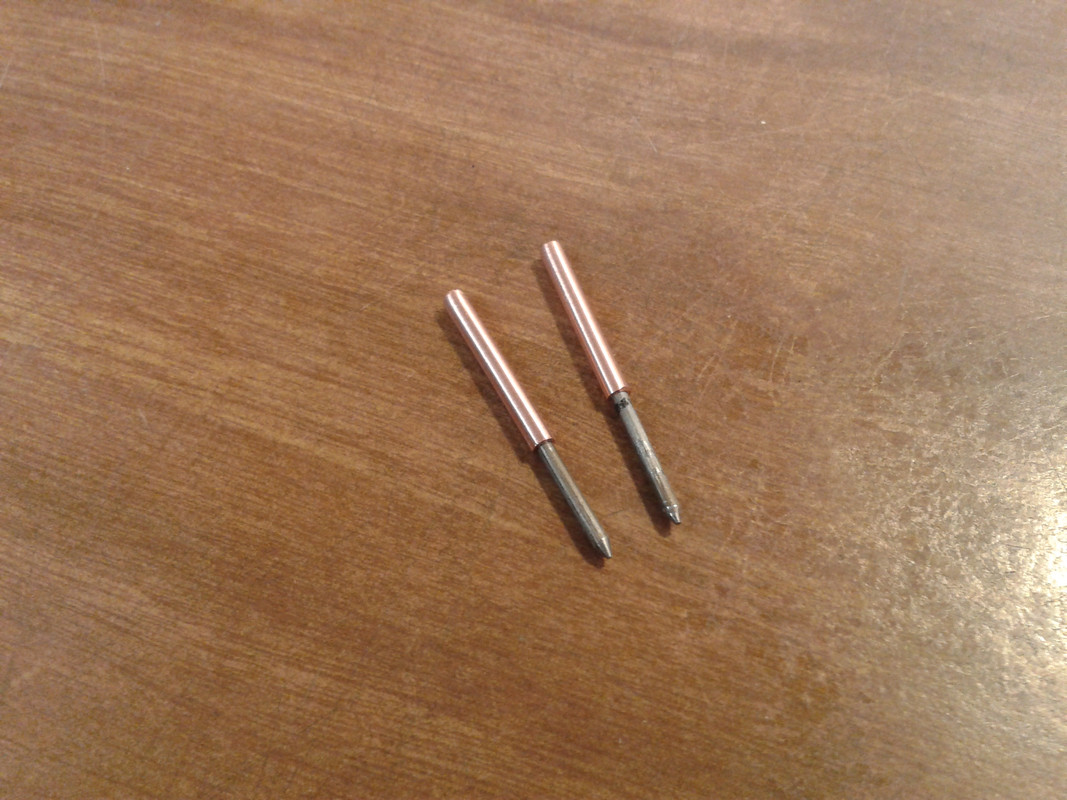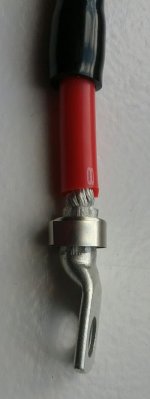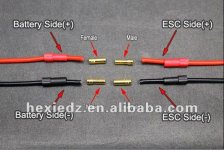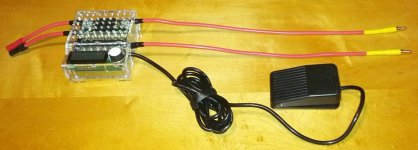Hi everyone.
The following is a set of questions and answers that others may find helpful. To keep it a little shorter, I have removed some irrelevant text denoted as (…).
…laser-cut housing for the kWeld system. I have just finished adding the respective section in the system’s assembly manual ...
Cheers
Frank
I’ve had a look at your kWeld ultracapacitor module.
Have you given up on the HP DPS-800GB Server PSU option?
No, I’m just doing the capacitor and the charger modules sequentially. Despite the fact that the charger prototype is working reliably and just needs a PCB redesign, I went with this order because the capacitor module can be used with a regular power supply, but there is not much use of the charger without something to charge.
Cheers
Frank
...
Have you by any chance tested the same capacitors in a 6S1P configuration?
yes I had and didn’t like the result, and then decided to make a spreadsheet to find the best combination and performance/cost tradeoff. I’ve attached it here in case you want to play with it. (It’s not accurate up to the last percent, but it is good enough to compare different setups.)
Cheers
Frank
For those interested, the spreadsheet from Frank is here:
View attachment Usability estimations.xlsx
Could two boards, as designed, be connected in series to power the welder using a 12V power source?
...
I plan to make a variation with 5S2P that will be 12V capable, if there is enough interest in that. I didn’t go for this in the first place because that adds another ~50€ cost, and the one that I am doing now will likely be good enough for up to 0.3mm pure nickel.
The comfort zone for kWeld is 1500A, with as little voltage as possible (that reduces the likeliness of arcing and improves electrode lifetime)
Your calculations and conclusions are all valid, and your 6S1P conclusion is exactly the reason why I didn’t go in this direction. Your 6S2P variant is certainly related to putting two kWeld-cap boards in series, even though I think that it is a bit overkill, I am sure that you won’t have any compromises with that. I would recommend also testing them in parallel, because that will significantly reduce their losses, which again improves the available repetition rate and their lifetime.
Cheers
Frank
Frank, thank you for your detailed response. It is greatly appreciated.
For welding, for me and most other people, 3S2P is more than enough. With the spreadsheet that you provided, I certainly see all the benefits and completely understand your choice. For your welder, it is clearly the way to go and a much better option than stressing a battery. I hope to be welding 30AWG and 40AWG thinned copper wire to 18650s and from what I have read, I should not need many joules and will I likely be focused on the lower settings.
…
A peak of 8.1V limits usability to purposes below that threshold,
…
The option to increase to 6S allows for even more purposes such as: boosting a car with a low battery (very common in cold climates), protecting a 12V battery on a UPS from sudden demands (two boards in series for a 24V UPS and four in series for a 48V UPS),
To place between a solar panel and the MPPT solar controller to reduce voltage fluctuations flowing into the controller,
…
If I understand correctly, a 6S board could always be charged to only 8.1V for welding but would have many other uses when not welding easily justifying the additional cost.
Nothing better than a tool with multiple purposes that you can use daily

…
I can follow all your arguments, except one. Why would it make sense to make a dedicated 6S2P module, when someone can buy two 3S2P modules and wire them in series. The only benefit that I can see is that an optimized 6S2P module could be made a bit smaller, and I think that I would not be able to offer that at a significantly lower cost. Maybe 180€ instead of 2x100€. And there is a negative aspect of an optimized 6S2P version: you cannot easily mount two 120mm fans. And I don’t think that it is a limitation to have two loosely coupled boards, because housing them properly is a must anyway. You don’t want to accidentally short them. If you do that with your wedding ring, you’ll likely be losing a finger. I keep removing all jewelry before starting to work with them

What do you think about my rationale?
Cheers
Frank
Good point Frank!
If you do not see any detrimental issues with wiring these in series, please disregard my request.
The more I think about it, the more I realise that combinations of 3S and 5S boards provide even more flexibility and target voltages.
For instance three 5S modules and two 3S modules wired in series (56.7V) would suit for a 48V UPS that charges at +-54.7V.
One question please. Does the balance feature work at all voltages or does it only activate at 2.7V to prevent overvoltage?
thanks for the fruitful discussion, much appreciated and certainly helps me with doing the most reasonable steps.
I think series wiring two 3S2P will add another 200uOhms, but that should be okay.
The balancer is actually a real balancer, unlike what you get normally (2.7V limiters). It starts working at around 4V, and balances the cells to within +-50mV (target value to be revised). The principle is quite easy. If a cell exceeds (Vtotal * 0.346), then being discharged through 15 ohms until that condition disappears (with a small hysteresis).
Cheers
Frank
...
I just had a look at the joules loss in capacitor per pulse when wiring two boards in parallel using your spreadsheet. Wow!
The difference between parallel and series is really amazing. I can’t understand why but I’ll research it to try to understand.
50 joule weld = 56.25 loss, therefore only approximately 6.25 joules lost in heat?
You should be able to run that all day even without a fan!
PS – I expect that you are probably working on a laser cut housing for these. In order to save on the shipping, I’ll wait until those are available but then I’ll absolutely take two capacitor banks from you.
…
I haven’t started a housing for the ultracap module yet, but as the power density of it is really high I agree that this is mandatory. I’ll start that as soon as possible.
Frank

